Description
CNC milling is a machining process involving cutting tools that rotate around an axis to remove material from a workpiece. The cutting movement is the primary action, with the cutter rotating around its own axis, and the machine table moving in the X, Y, and Z directions, either independently or in combination.
What is CNC Milling? CNC milling is a precise and automated method for machining parts. It is commonly used to fabricate both simple and complex parts that require high accuracy. This process is often carried out on CNC milling machines, which utilize automation technology to meet customer demands for custom parts. Milling can handle parts with high hardness, producing components with tight tolerances and precise dimensions.
CNC Milling Methods In mechanical CNC milling, two common methods are used: conventional milling (climb milling) and reverse milling (up milling).
Conventional Milling (Climb Milling) In conventional milling, the milling cutter rotates in the same direction as the movement of the machine table. This method is often used when improving the surface finish of a workpiece is required.
Advantages of Conventional Milling:
-
Surface roughness is improved as the cutting depth gradually decreases, avoiding tool slippage.
-
Longer tool life and better durability of the cutting tool.
-
Cutting forces focus on the workpiece, making it easier to machine the part.
-
Lower impact on cutting temperature.
Disadvantages of Conventional Milling:
-
The cutter initially contacts the workpiece from thick to thin, which may cause tool wear.
-
Requires good machine cleaning during the process.
-
Not ideal for hard materials, such as hot-rolled steel.
Reverse Milling (Up Milling) Reverse milling involves the cutter rotating in the opposite direction to the machine table’s movement. It is typically used for rough milling operations where the aim is to remove material quickly.
Advantages of Reverse Milling:
-
Reduces tool wear by cutting from thin to thick.
-
High productivity for rough milling tasks.
-
Smoother machine operation due to less impact during cutting.
Disadvantages of Reverse Milling:
-
Slippage may occur when feed rates are low.
-
Risk of material jamming between the cutter and workpiece surface.
-
High cutting temperatures due to the cutting sequence from thin to thick.
-
Increased tool wear compared to conventional milling.
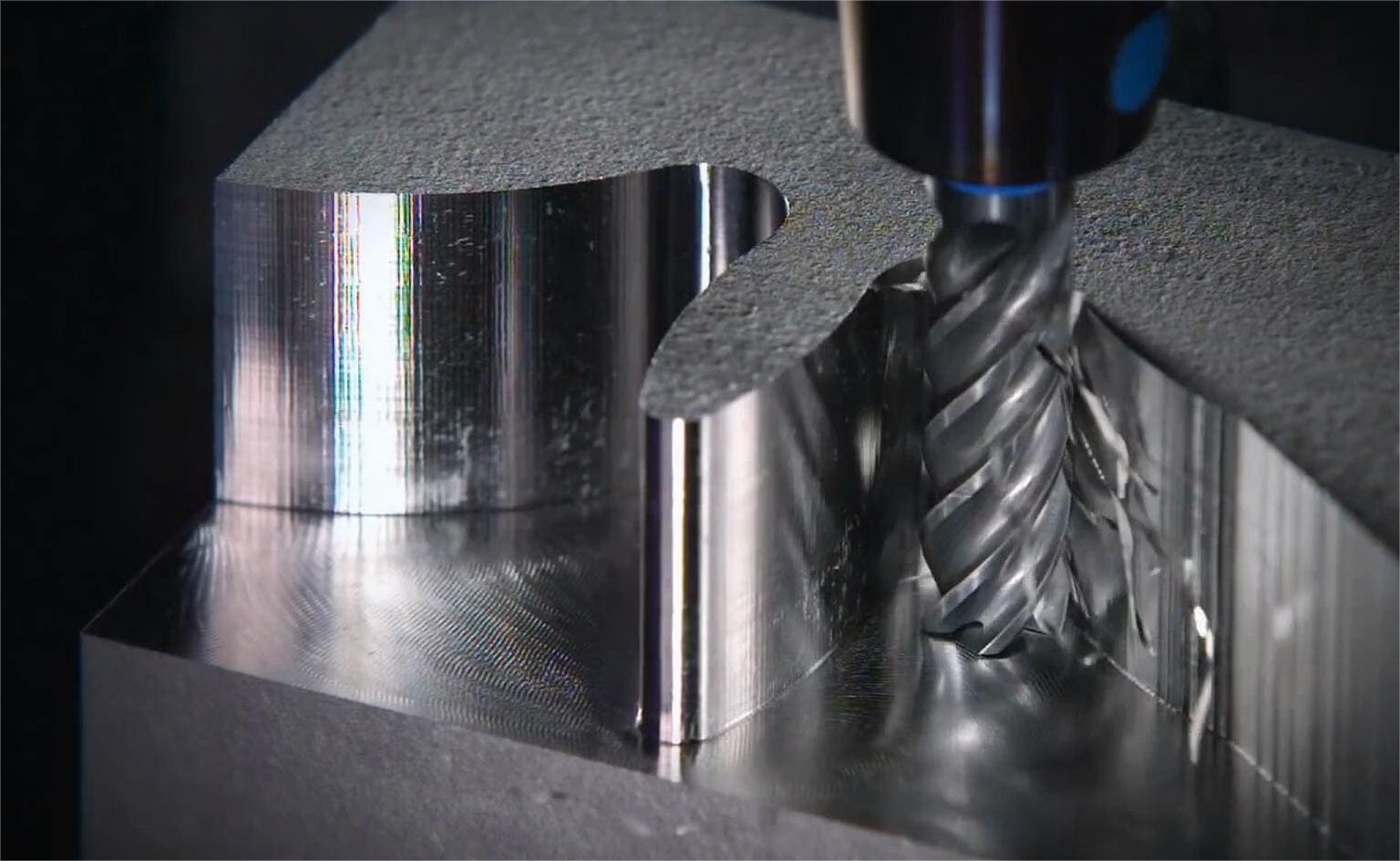
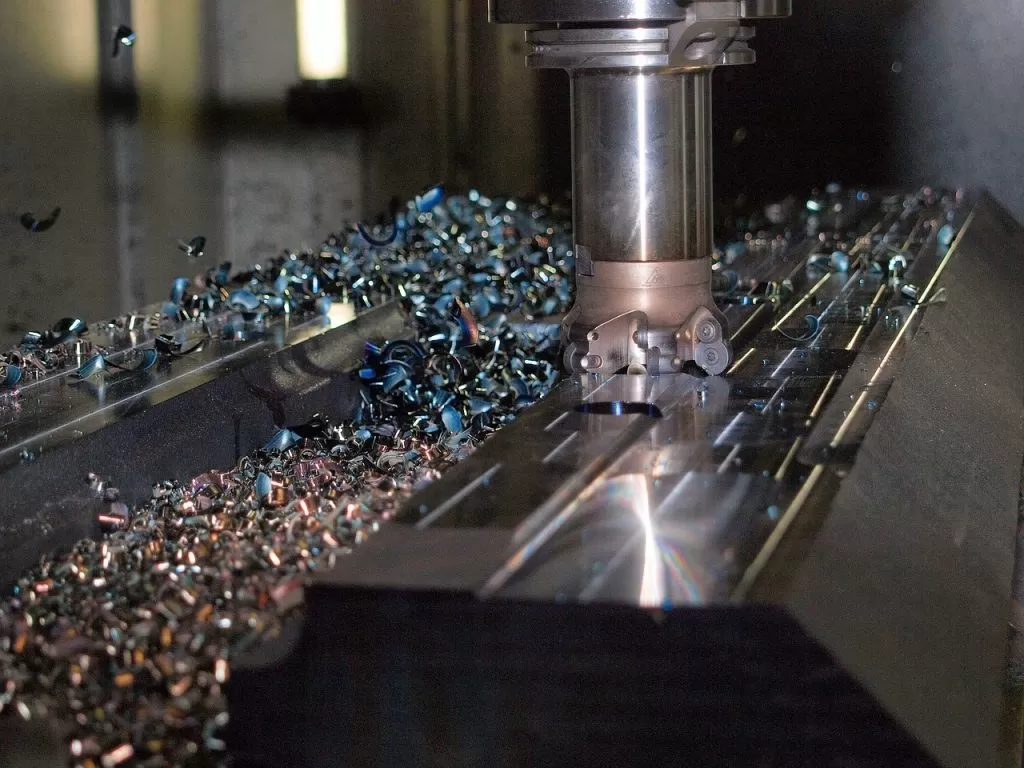
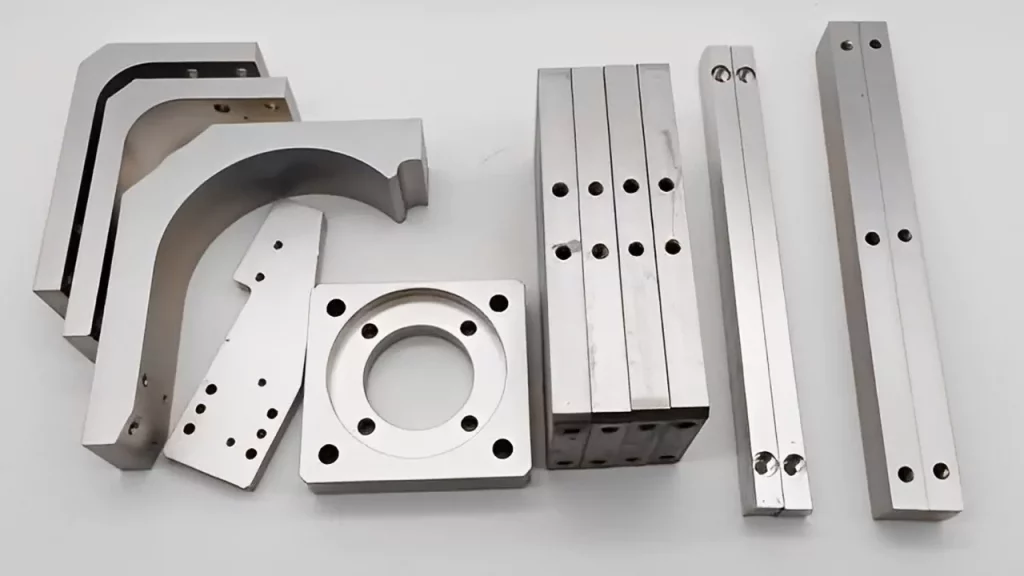
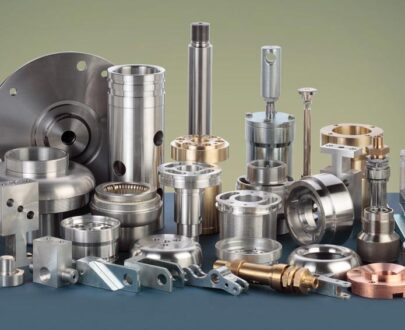
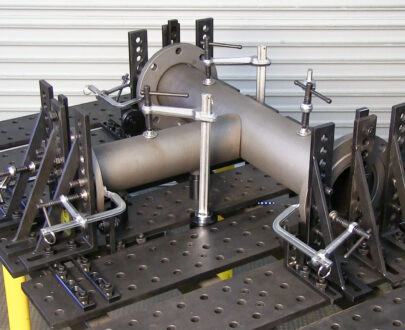
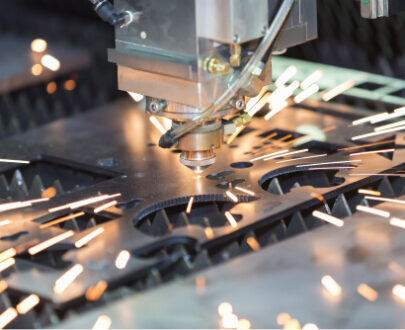
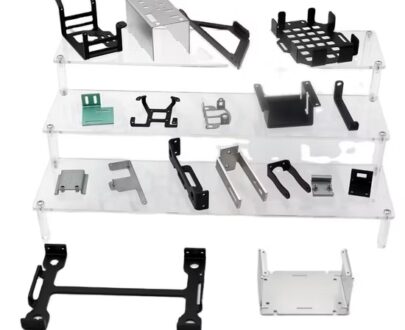
Reviews
There are no reviews yet.